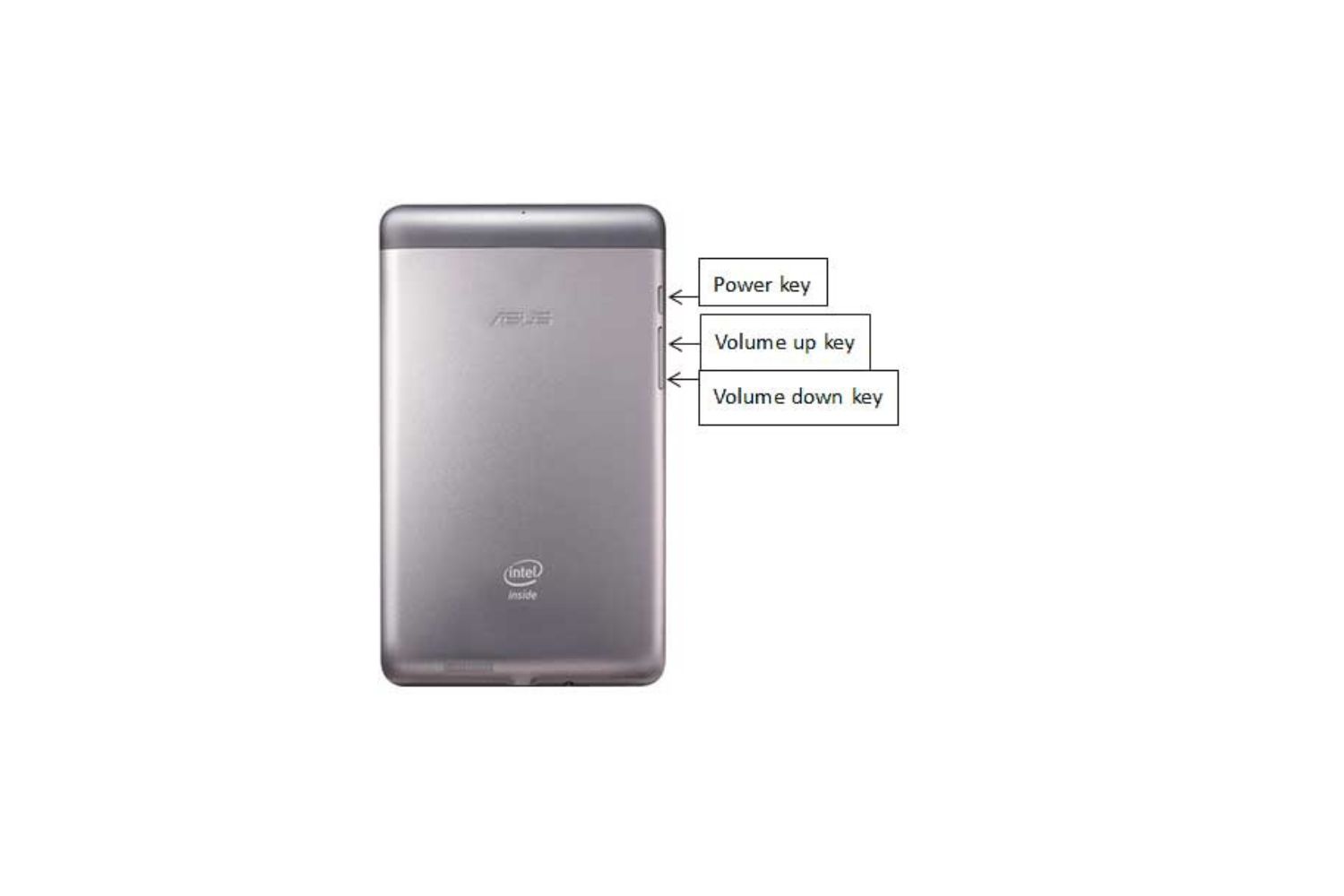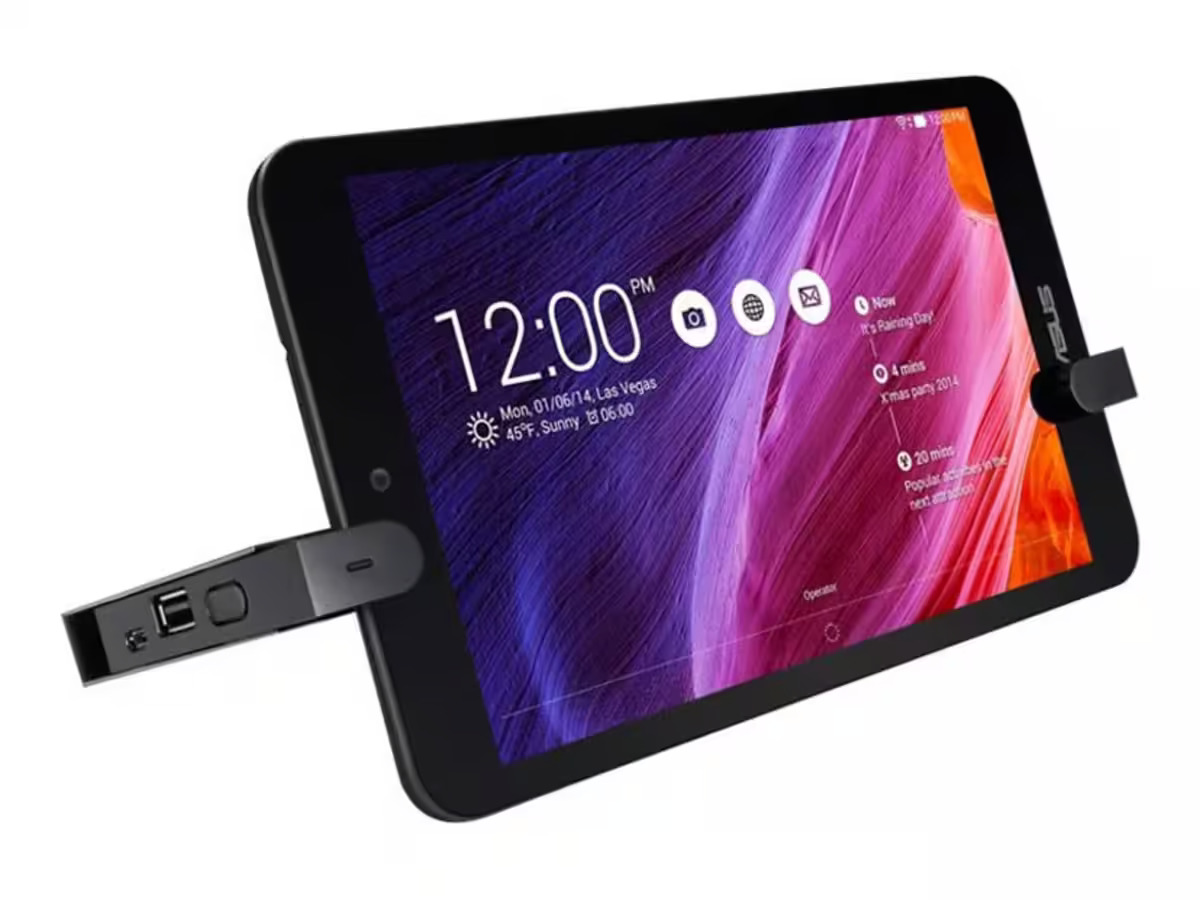Introduction
Asus tablets have gained immense popularity for their sleek design, user-friendly interface, and advanced features. However, there may come a time when you encounter technical glitches or software issues that seem to be insurmountable. This is where a hard reset can come to your rescue.
A hard reset is a powerful troubleshooting technique that allows you to restore your Asus tablet to its original factory settings. It essentially wipes all the data on your device, giving it a fresh start. This can be extremely useful in resolving persistent software problems, freezing issues, or if you simply want to sell or give away your tablet and want to ensure that all personal information is erased.
In this guide, we will walk you through the step-by-step process of performing a hard reset on your Asus tablet. We will also discuss the precautions you should take before proceeding with a hard reset and provide troubleshooting tips for common issues that may arise during the process.
So, if you find yourself in a situation where your Asus tablet is not functioning properly or you want to reset it to its original settings, read on to learn how you can easily perform a hard reset and get your tablet back on track.
What is a Hard Reset?
A hard reset, also known as a factory reset or master reset, is a process that restores a device to its original factory settings. It erases all data, applications, settings, and customizations that have been added to the device since its purchase, essentially reverting it back to the state it was in when it left the factory.
When you perform a hard reset on your Asus tablet, you are essentially wiping the slate clean and starting afresh. This can be a useful tool in troubleshooting various issues, such as software glitches, performance problems, or even if you plan to sell or give away your tablet and want to ensure that all personal information is removed.
It is important to note that a hard reset is a drastic measure and should not be taken lightly. It should only be used as a last resort when other troubleshooting methods have failed to resolve the issue. Before proceeding with a hard reset, it is recommended to back up any important data or files that you want to keep as they will be permanently deleted during the process.
While a hard reset can solve many problems, it is worth mentioning that it will not fix hardware-related issues. If your Asus tablet is experiencing problems that are clearly hardware-related, such as a cracked screen or a faulty battery, a hard reset will not provide a solution.
Now that we understand what a hard reset is and what it can and can’t do, let’s explore why you might need to perform a hard reset on your Asus tablet.
Why would you need to Hard Reset your Asus Tablet?
There are several scenarios where you might find it necessary to perform a hard reset on your Asus tablet. Let’s take a look at some common situations that may warrant a hard reset:
- Software Issues: Over time, your tablet’s software can become cluttered with unnecessary files, settings, and applications, which can lead to performance issues, freezing, or crashes. Performing a hard reset can help eliminate these software hiccups and give your tablet a fresh start.
- Forgotten Password or Pattern: If you’re locked out of your Asus tablet due to a forgotten password or pattern, a hard reset can help you regain access to your device. However, keep in mind that performing a hard reset will erase all data on your tablet, so it’s important to have a backup of your important files.
- Selling or Giving Away Your Tablet: Before selling or giving away your Asus tablet, it’s essential to ensure that all your personal data is completely removed from the device. Performing a hard reset will wipe your tablet clean, protecting your privacy and providing a fresh start for the new user.
- Persistent Software Glitches: If you’re experiencing recurring software glitches or unexpected behavior on your Asus tablet that cannot be fixed through regular troubleshooting methods, a hard reset can often resolve the issue. It resets all software configurations, allowing you to start anew.
- Unresponsive or Slow Performance: If your tablet has become unresponsive, sluggish, or suffers from significant lag, a hard reset can help improve its performance. It clears out any unnecessary files, frees up system resources, and resolves any underlying software issues that may be causing the problem.
Remember, performing a hard reset should be approached with caution, as it will erase all data on your tablet. Make sure to back up any important files before proceeding. It is recommended to explore other troubleshooting methods and consult customer support if possible before resorting to a hard reset.
Now that we have understood why you might need to perform a hard reset on your Asus tablet, it’s time to dive into the step-by-step guide on how to do it.
Step by Step Guide to Hard Resetting your Asus Tablet
Performing a hard reset on your Asus tablet may vary slightly depending on the model and operating system version you’re using. However, the following guide provides a general outline of the steps involved:
- Backup Your Data: Before proceeding with a hard reset, it is crucial to back up any important data, files, and settings that you want to keep. This is because a hard reset will erase all data on your tablet and restore it to factory settings. You can back up your data by transferring it to an external storage device or using cloud storage services.
- Power Off Your Tablet: Ensure that your tablet is powered off completely before proceeding with the hard reset. You can do this by pressing and holding down the power button until the device shuts down.
- Enter Recovery Mode: To enter Recovery Mode, you will need to use a combination of physical buttons. This combination may vary depending on your tablet model, so it’s recommended to check the user manual or search online for specific instructions. In general, you will need to press and hold the power button and volume down button simultaneously until the Asus logo appears.
- Navigate to Wipe Data/Factory Reset: Once you’re in Recovery Mode, use the volume up and down buttons to navigate through the options. Look for an option similar to “Wipe Data/Factory Reset” or “Reset to Factory Settings.” Use the power button to select the option.
- Confirm the Hard Reset: After selecting the “Wipe Data/Factory Reset” option, you will be prompted to confirm the action. Read the on-screen instructions carefully and confirm your decision to proceed with the hard reset.
- Wait for the Process to Complete: The hard reset process may take a few minutes to complete. During this time, your tablet will erase all data and restore it to its original factory settings. Do not interrupt the process or turn off your tablet.
- Reboot your Tablet: Once the hard reset process is complete, you will see options to reboot your tablet. Select the reboot option, and your Asus tablet will restart with a fresh start.
- Set up your Tablet: After the reboot, your tablet will greet you with the initial setup screen. Follow the on-screen instructions to set up your preferred language, Wi-Fi network, and other settings.
- Restore your Data: Once you have completed the initial setup, you can restore your data from the backup you created earlier. Transfer your files back to your tablet or use cloud storage services to retrieve your data.
It’s important to note that the specific steps and options may differ for each Asus tablet model and operating system version. If you encounter any difficulties or are unsure about any step, refer to the user manual or contact Asus customer support for assistance.
Now that we have gone through the step-by-step guide, let’s discuss some precautions to take before proceeding with a hard reset.
Precautions to take before Hard Resetting your Asus Tablet
Before performing a hard reset on your Asus tablet, it’s crucial to take certain precautions to ensure a smooth and successful process. Here are some steps you should follow:
- Backup Your Data: As mentioned earlier, backing up your data is essential before proceeding with a hard reset. This includes important files, photos, videos, contacts, and any other data you want to keep. You can use cloud storage services, transfer files to an external device, or make use of backup apps to safeguard your data. This ensures that you can restore your data after the hard reset is complete.
- Remove External Storage: If your Asus tablet has an external memory card or USB drive connected, it’s advisable to remove them before performing a hard reset. This prevents any accidental formatting or data loss of the external storage devices during the process.
- Charge your Tablet: Ensure that your tablet has sufficient battery charge before starting the hard reset process. A low battery can cause interruptions during the reset, leading to potential issues. It’s recommended to have at least 50% battery charge or to connect your device to a power source during the reset.
- Write Down Important Information: Before proceeding with the hard reset, make sure to jot down any important information that you may need later. This includes Wi-Fi passwords, Google account information, app-specific logins, and any other data that you may need to re-enter after the reset.
- Remove Google Accounts: If your tablet is synced with a Google account, it’s advisable to remove it before performing a hard reset. This prevents any potential issues during the reset process and ensures a smooth transition. You can do this by going to Settings > Accounts > Google, and then selecting the account to remove.
- Disable Factory Reset Protection: If your tablet has Factory Reset Protection (FRP) enabled, it’s important to disable it before performing a hard reset. FRP is a security feature that requires you to enter the Google account credentials associated with the device after a factory reset. To disable FRP, go to Settings > Security > Device Administrators, and then disable any device administrators associated with FRP.
- Read the User Manual: To ensure a successful hard reset, it’s always a good idea to read the user manual specific to your Asus tablet model. The manual will provide detailed instructions, including any specific button combinations or settings you need to be aware of for a successful hard reset.
By following these precautions, you can minimize the risk of data loss, interruptions, and other potential issues during the hard reset process. Taking a few extra steps beforehand ensures a smoother experience and allows you to restore your data and settings more easily after the reset is complete.
Now that we have covered the precautions, let’s explore some common issues that you may encounter during a hard reset and the troubleshooting tips to resolve them.
Common Issues and Troubleshooting Tips
During the process of hard resetting your Asus tablet, you may encounter some common issues. Here are a few of these issues along with troubleshooting tips to help you resolve them:
- Tablet Not Entering Recovery Mode: If you’re having trouble entering Recovery Mode, make sure you’re following the correct button combination for your tablet model. Consult the user manual or search online for the specific button combination. Additionally, ensure that your tablet is fully powered off before attempting to enter Recovery Mode.
- Stuck at the Asus Logo: After initiating the hard reset, if your tablet gets stuck at the Asus logo and does not proceed further, try performing a force restart. Press and hold down the power button for about 10 seconds until the device turns off, then release the power button and turn it back on. If the issue persists, try repeating the hard reset process.
- Slow Performance or Lag after Reset: After performing a hard reset, your tablet may initially experience slow performance or lag as it rebuilds its cache and adjusts to the fresh settings. Give your tablet some time to settle, and it should gradually improve its performance. You can also try clearing the cache partition in Recovery Mode for further optimization.
- Apps Behaving Abnormally: If you notice any apps behaving abnormally or crashing frequently after the hard reset, try uninstalling and reinstalling those specific apps. Clearing the app cache or data may also help resolve the issue. If the problem persists, consider reaching out to the app developers for further assistance.
- Google Account Sync Issues: After restoring your tablet and entering your Google account information, if you notice that the sync is not happening correctly, go to Settings > Accounts > Google and ensure that the sync options for the desired account are enabled. You can also try removing and re-adding the Google account to trigger a fresh sync.
- Lost Data after Reset: If you accidentally erased important data during the hard reset and did not have a backup, unfortunately, it may not be recoverable. It’s crucial to always back up your data before performing a hard reset to avoid such situations in the first place.
If you encounter any other issues during or after the hard reset process, it’s recommended to consult the user manual, search online forums for specific troubleshooting tips, or reach out to Asus customer support for assistance. They will be able to provide guidance based on your specific tablet model and software version.
Now that we have discussed the common issues and troubleshooting tips, let’s wrap up our guide on hard resetting your Asus tablet.
Wrapping Up
Performing a hard reset on your Asus tablet can be a powerful tool in troubleshooting various software issues and restoring your device to its original factory settings. Throughout this guide, we have discussed the definition of a hard reset, reasons why you might need to perform one, and provided a step-by-step guide to help you through the process.
Before proceeding with a hard reset, it is crucial to take precautions such as backing up your data, removing external storage, and ensuring your tablet has sufficient battery charge. It’s also important to read the user manual specific to your tablet model and disable any security features that could cause potential issues during the reset.
If you encounter any issues during the hard reset process, such as difficulty entering Recovery Mode or apps behaving abnormally after the reset, we have provided troubleshooting tips to help you resolve them. Remember to be patient as your tablet adjusts to the fresh settings, as it may experience temporary slow performance or a lag before improving.
Lastly, we want to emphasize the importance of backing up your data before performing a hard reset. This helps to avoid permanent data loss and allows you to restore your files and settings once the reset is complete.
We hope that this guide has been helpful in understanding the process of hard resetting your Asus tablet and addressing any potential issues that may arise. By following the steps and precautions outlined in this guide, you can confidently perform a hard reset and get your Asus tablet back on track.

























